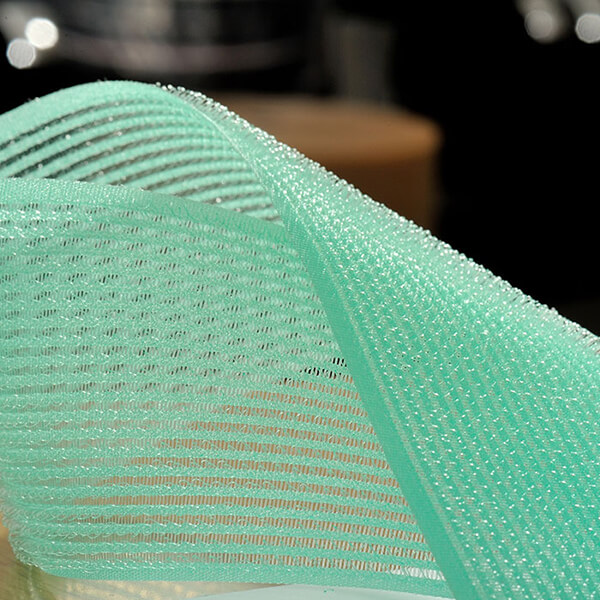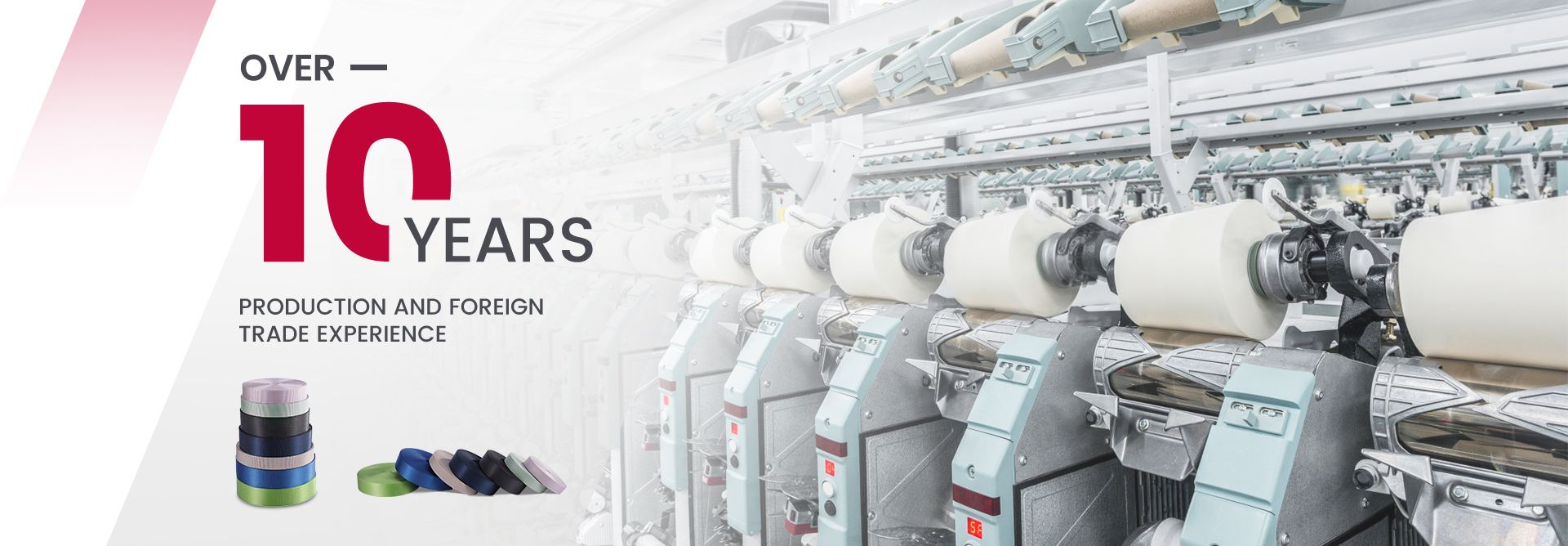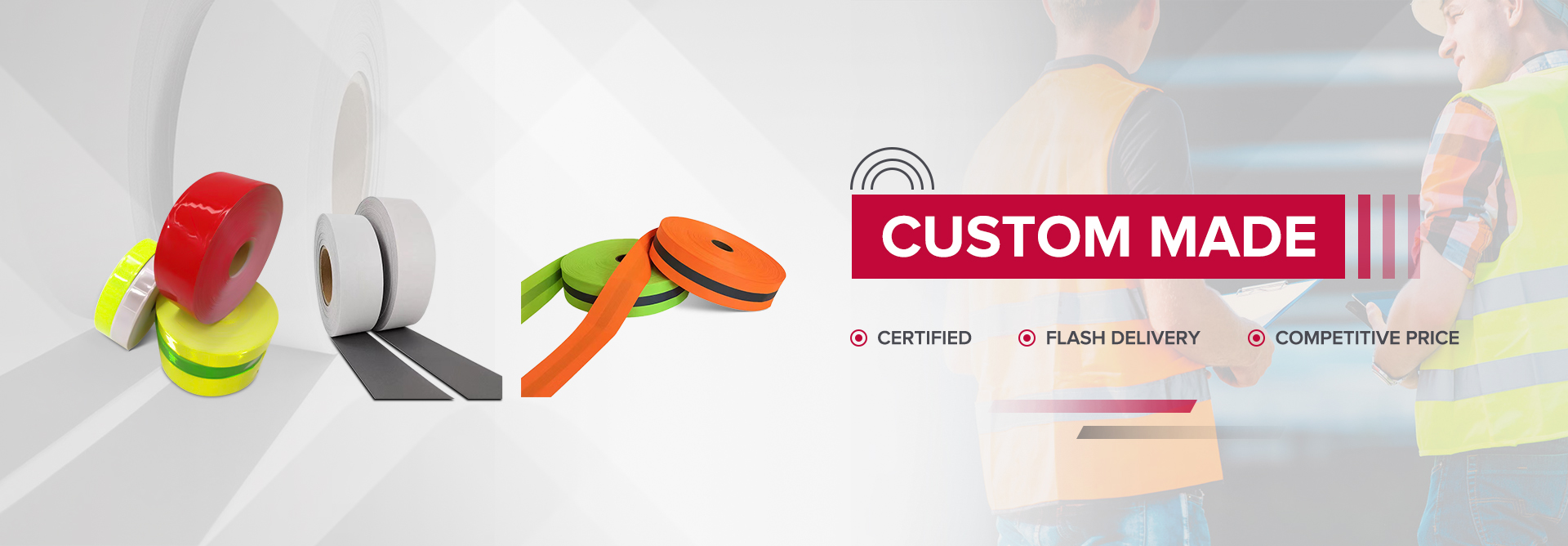Curious about how to attach Velcro to cloth without using a sewing machine? Velcro is a means for rapidly and securely attaching goods together. Additionally, it allows you to readily connect and detach material of any kind, including cloth. In crafting tasks, some people use it in conjunction with sewing, but you may also use it in projects when sewing is not required.
Velcro fasteners are often referred to as hook and loop fasteners because they have very small hooks on one side and very small, fuzzy loops on the other side. As soon as these two components are brought together, a temporary connection is made between them because the hooks capture and adhere to the loops.
Simply by giving them a little tug in opposite directions, you may easily separate these two sides. Before beginning to lose their ability to cling securely, the majority of Velcro fasteners may be used up to 8,000 times.
Velcro is available in a variety of widths and may be affixed to a variety of fabrics using adhesive. The majority of the time, hook & loop fasteners are available in either black or white so that they may blend in seamlessly with the fabric that they are being used with.
When mixing Velcro with a bonding agent or fabric glue, it is essential to keep in mind the purpose for which it was designed, especially if you are going to be utilizing it. While fastening a hook-and-loop fastener to a handbag, for instance, you could use a different kind of glue than you would when doing the same thing to a pair of shoes.



Despite the fact that Velcro is technically only one brand's iteration of this kind of fastener, the term "Velcro" is often used today to refer to all hook and loop fasteners. Even in today's modern world, hook and loop are almost often constructed out of nylon, while there is also the option of using polyester.
Polyester is superior to other materials in terms of both its water resistance and its ability to withstand UV radiation. Even though producers of hook and loop straps use polyester in the loops, they always use nylon for the hooks.
Velcro is a widespread kind of fastener seen in clothes and shoes. It may function in lieu of snaps, zippers, buttons, and even shoelaces. It is versatile and may be used for a variety of purposes, including securing medical bandages and hanging goods on the wall. It is effective even on challenging surfaces including as wood, tile, metal, fiberglass, and ceramic.
This versatile material may be found on vehicles of many kinds, including airplanes and even spaceships. As a result of its ease of use and low weight, Velcro is well suited for use in connecting exterior elements and securing moveable components.
Velcro The advantages and disadvantages
You should have a comprehensive understanding of what to anticipate from this technique of attachment before going on to the topic of how to connect Velcro to cloth without sewing. This will prepare you for the next inquiry. The use of Velcro straps is not without its fair share of benefits and drawbacks, just as it is the case with everything else. Let's take a more in-depth look at the following, shall we?

Advantages
When it comes to attaching one thing to another, you may choose from a wide variety of available choices. Why should one choose Velcro over other types of fasteners, and what are some of those advantages?
Velcro is an excellent solution that may be used for a wide variety of applications. Velcro is used for a wide variety of applications, including but not limited to fastening shoes, attaching seat cushions to chairs, and keeping stuff in place on spacecraft. Velcro is very resilient and sturdy, in contrast to buttons, which might lose their attachment owing to a thread that wears out over time. Even after being used several times, it will keep its shape thanks to the nylon or polyester fabrics that are utilized in conjunction with custom hook and loop closures.
In addition to this, there is hardly a more straightforward fastening than this one. The fact that it is so simple is one of the reasons why it is so often used for children's footwear. Children will have an easier time securing their shoes in place with Velcro than with shoelaces. Maintenance for Velcro is not very labor-intensive. After it has been set up, it is ready to be used. The only kind of upkeep that it may need is the replacement of the Velcro when a significant amount of time has passed and the Velcro has become worn.
When it is ripped apart, Velcro generates a significant amount of noise. The substance may produce a sound that is effective for alerting you to the presence of pickpockets. If someone attempts to surreptitiously open your pocketbook and reach inside it when you have one that closes with Velcro, you will be alerted to the fact by the noise that it makes.
Disadvantages
Everything that has advantages must also have some negatives in some form or another. In lieu of several other kinds of fasteners, the use of custom Velcro may have certain drawbacks, which you should be aware of.
You could see that the hook side of the Velcro tends to accumulate dirt and lint over time due to the fact that the hook side is quite sticky. The stray debris that gets stuck in the hooks of the Velcro might make the Velcro perform less effectively than it did when it was originally used. After a few months of use, the hooks run the risk of being damaged or stretched out. They may also get elongated.
If you've ever worked with Velcro fabric, you presumably already know that it has the ability to fasten itself to a variety of different substrates. The hooks have the potential to cause harm if they get entangled with your sweater or any other fabric that is loosely knit. Some individuals find the noise that Velcro generates to be quite bothersome. This noise shouldn't be too much of a problem for you however, unless you're going to be utilizing it in an environment where quiet or discretion are required.
In many cases, Velcro may be found sewn into garments that are worn next to the skin. It is possible that the material may collect sweat and other forms of moisture over time, which will ultimately cause it to smell. The majority of Velcro, thankfully, can be cleaned in the washing machine. Be sure to carefully follow the steps in the instructions on how to apply Velcro to cloth without using a sewing machine. Also, before making any assumptions, you should always verify the care instructions on the Velcro as well as the fabric that you are using.

You are aware that Velcro may be handy in a variety of creative scenarios; but, were you aware that it also has numerous applications in the real world? First things first: before we go into how to connect Velcro to cloth without sewing, let's talk about how people really make use of the product.
Hook and loop fastening is quite popular and widely used because of how simple and straightforward it is. Because it is simpler to use than buttons or zippers, it is often utilized in the manufacture of footwear and apparel for children. Additionally, adaptable clothing for people with impairments often makes use of Velcro.
Velcro is a good alternative to zippers and buttons since it makes getting dressed easier for those who struggle with mobility concerns or who are elderly.
Post time: Oct-26-2022



